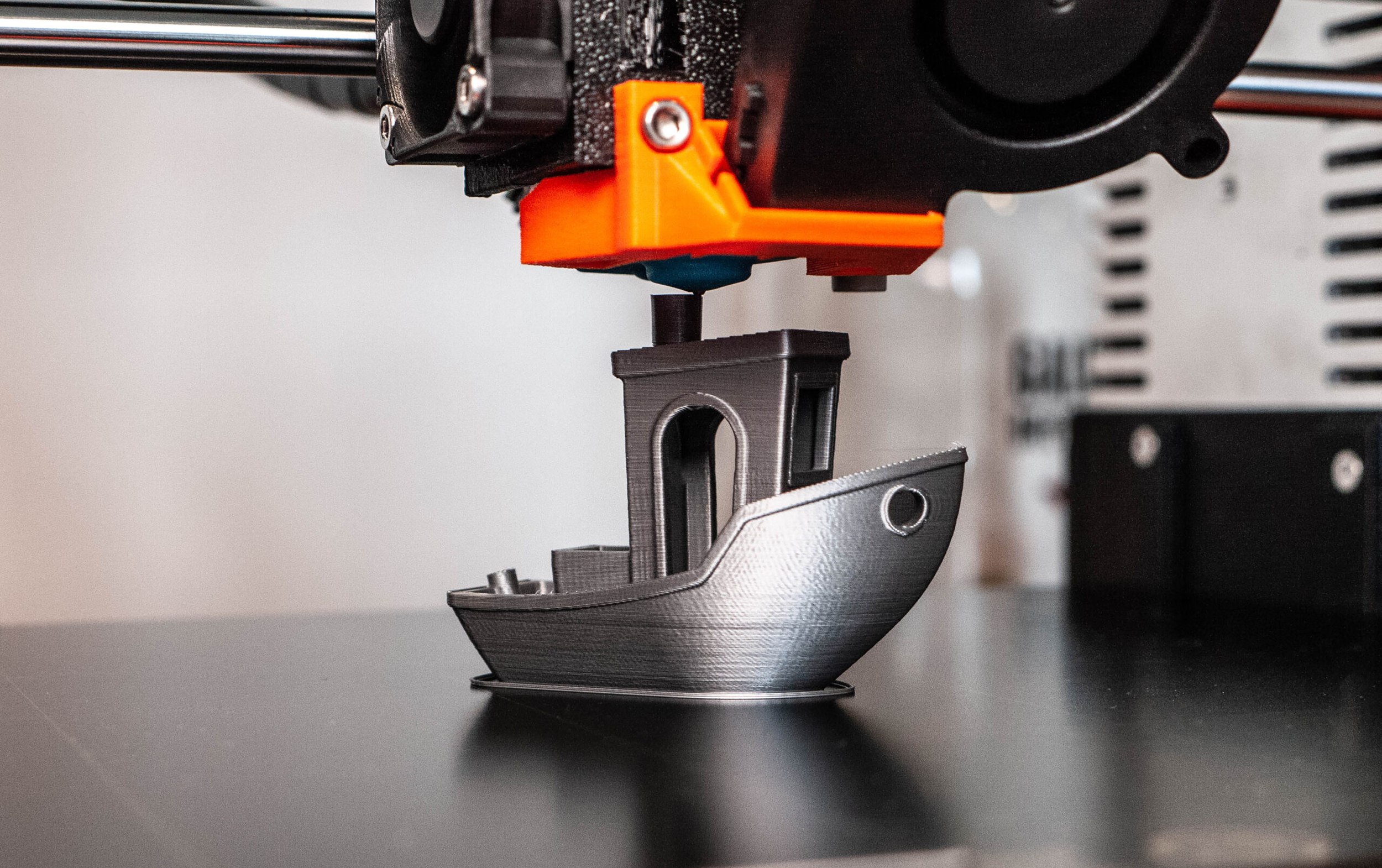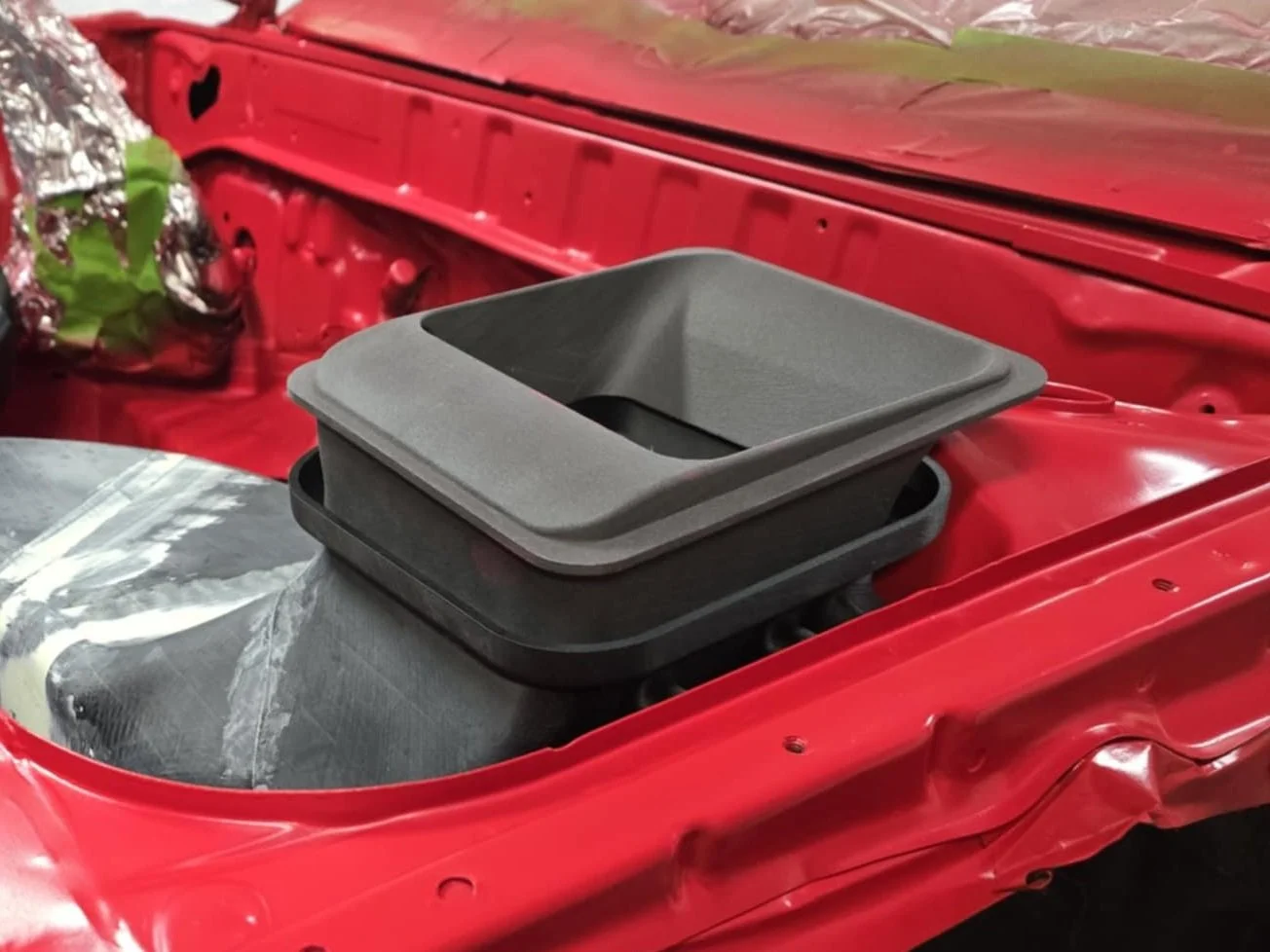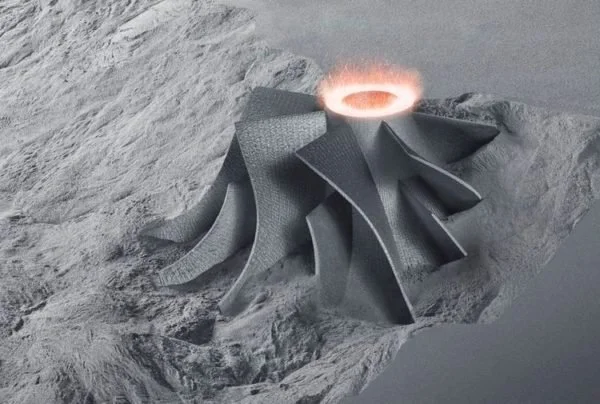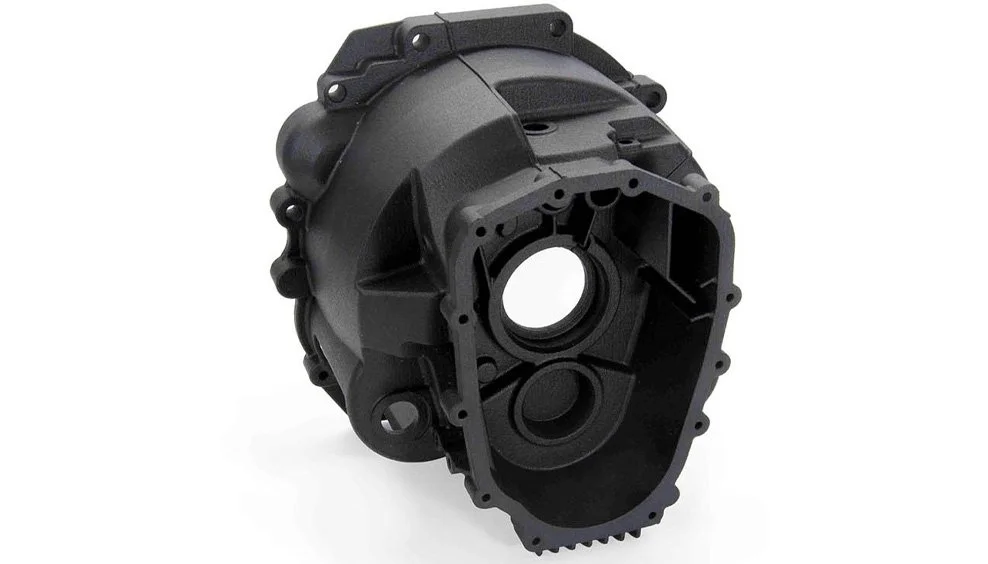THE DIFFERENT TYPES OF 3D PRINTING
FDM (Fused Deposition Modeling)
How It Works:
FDM uses a thermoplastic filament that is heated and extruded through a nozzle to create layers. The material solidifies as it cools, forming the final 3D structure.
Common Materials:
PLA (Polylactic Acid)
ABS (Acrylonitrile Butadiene Styrene)
PETG (Polyethylene Terephthalate Glycol)
TPU (Thermoplastic Polyurethane)
Advantages of FDM:
Affordability: FDM is one of the most cost-effective 3D printing methods, ideal for hobbyists and small-scale projects.
Accessibility: Widely available and supported by many consumer and industrial-grade 3D printers.
Material Variety: A broad range of materials, including flexible and biodegradable options, are available.
Ease of Use: FDM printers are easy to set up and operate, with minimal maintenance.
Drawbacks of FDM:
Surface Finish: The layered approach often results in visible lines, requiring post-processing for a smooth finish.
Strength Limitations: FDM parts may lack uniform strength, particularly along the Z-axis.
Accuracy: FDM has lower dimensional accuracy compared to SLS and MJF, making it less suitable for intricate designs.
Applications:
FDM is ideal for rapid prototyping, educational purposes, and small production runs where cost-efficiency is a priority.
3D printing has revolutionized manufacturing and prototyping, providing versatile methods to create highly customized parts. Among the most popular 3D printing technologies are FDM (Fused Deposition Modeling), SLS (Selective Laser Sintering), and MJF (Multi Jet Fusion). Each technique offers distinct advantages and challenges, making them suitable for different applications. This guide dives into the details of these methods, helping you decide which is best for your needs.
SLS (Selective Laser Sintering)
How It Works:
SLS uses a laser to fuse powdered material (usually nylon) into solid layers. The unfused powder supports the object, eliminating the need for support structures.
Common Materials:
Nylon (PA11, PA12)
TPU
Glass- or carbon-filled composites
Advantages of SLS:
Complex Geometry: SLS can create intricate designs, including interlocking parts, without needing support structures.
Strength and Durability: Parts are isotropic, meaning they have consistent strength in all directions.
Efficiency: Unused powder can be recycled, reducing waste.
Surface Detail: SLS provides good resolution and surface finishes compared to FDM.
Drawbacks of SLS:
Cost: SLS machines and materials are more expensive, making it less accessible for hobbyists.
Post-Processing: Parts often require additional cleaning to remove residual powder and achieve a polished finish.
Material Limitation: While versatile, the material selection is narrower compared to FDM.
Applications:
SLS is well-suited for functional prototypes, small-batch manufacturing, and complex parts like hinges or integrated assemblies.
MJF (Multi Jet Fusion)
How It Works:
MJF also uses powdered material but employs a binding agent and detailing agent applied by an array of inkjet nozzles. Heat is then used to fuse the layers.
Common Materials:
Nylon (PA12, PA11)
TPU
Specialized composites
Advantages of MJF:
Speed: MJF can produce parts faster than SLS, especially for high-volume production.
Precision: Provides exceptional detail and dimensional accuracy, making it suitable for intricate designs.
Uniform Properties: Produces isotropic parts with consistent strength and durability.
Surface Quality: Offers smoother finishes than SLS, reducing the need for post-processing.
Drawbacks of MJF:
Highest cost: MJF printers and materials are among the most expensive in the industry.
Limited Material Options: While expanding, the range of materials for MJF is still somewhat constrained compared to FDM.
Post-Processing: While less intensive than SLS, cleaning and finishing steps are still required.
Applications:
MJF is ideal for high-detail prototypes, end-use parts, and medium-to-large production runs requiring consistency and quality.
Choosing the Right 3D Printing Method
When selecting a 3D printing method, we will consider factors such as budget, design complexity, production volume, and intended application.
FDM - is a practical choice for beginners and low-cost projects.
SLS - shines for functional prototypes and designs requiring strength and precision.
MJF - is ideal for professional-grade parts and high-volume manufacturing.
By understanding the strengths and limitations of these technologies, you can make an informed decision that aligns with your project goals.






